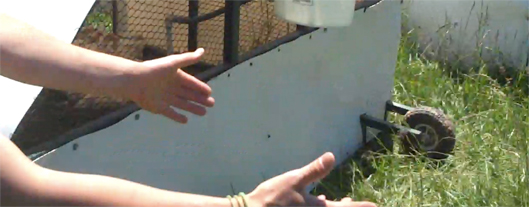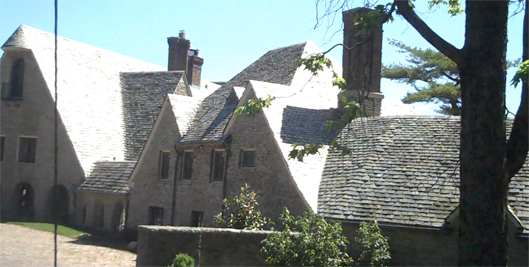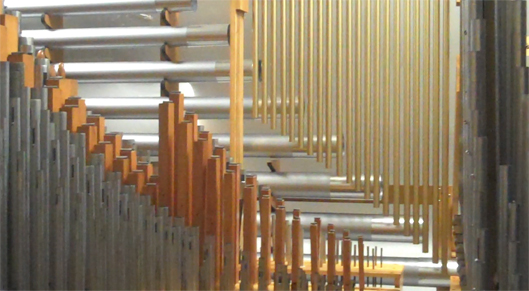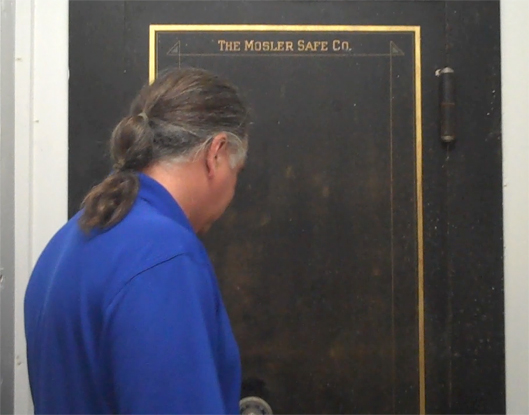Green Acres Foundation
April 20 & 21, 2009
On May 20th and 21st I visited Green Acres in Blue Ash, Ohio (Cincinnati). My meetings were divided between their grass fed cattle, sheep and chicken operations and their status as a non-profit organization. If Green Acres sounds like the TV series of the 60’s … it was the inspiration. I was invited out by Carter Randolph (EVP) of the foundation. My core interest was in their Black Angus Beef program and the in-line breeding they have engaged in to optimize pasture fed beef. Green Acres has a rich endowment and provides programs including an Equine Center, Gardening Program, Environmental & Agriculture Education, Water Quality Project, Art Center, Black Angus, Lamb & Poultry, Eggs & Honey and Produce Programs.
Established in 1988, the foundation was founded by the Nippert Family (heirs to Proctor & Gamble). Visit their website at: Green Acres Foundation
A sample of their offerings
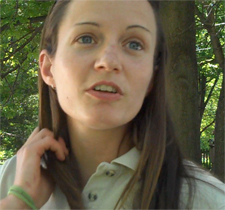
Their livestock program is run by Erin Payne, Herdsman. She is from Indiana, has her BS from the University of Vermont in Environmental Studies with a concentration in Sustainable Agriculture and has over 15 years experience in agriculture.
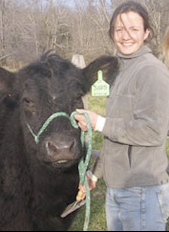
Erin manages all their livestock that are pasture raised. She has been in-line breeding Angus to adapt them to being grass-fed. While heritage bovine are grassers, it has been bred out of most modern lines. Erin’s program has grown her herd over the past 7 years where their line is being sought after for their embryos. Lessons learned were that stating with the best Angus from national shows yielded little because their characteristics did poorly on grass. We dined on Green Acres Angus steaks at a BBQ that Carter hosted for me. Wow, were they tender.
 The pastures were formerly 600 acres of grain farming. Converted in 1949 to pasture for grass fed Angus. Of these acres, about 150 that is pastureable. In 1996 Green Acres began selling their beef to the public. They use no artificial growth hormones, no petrochemical herbicides, pesticides or fertilizers and no routine antibiotics. They use a pasture rotation system similar to Joel Salatin’s where the cattle are moved to a new paddock (pasture section) every 1 to 3 days. They also raise Tunis Lamb and pasture poultry that are also on a pasture rotation cycle. A large portion of their breeding is done through embryos.
The pastures were formerly 600 acres of grain farming. Converted in 1949 to pasture for grass fed Angus. Of these acres, about 150 that is pastureable. In 1996 Green Acres began selling their beef to the public. They use no artificial growth hormones, no petrochemical herbicides, pesticides or fertilizers and no routine antibiotics. They use a pasture rotation system similar to Joel Salatin’s where the cattle are moved to a new paddock (pasture section) every 1 to 3 days. They also raise Tunis Lamb and pasture poultry that are also on a pasture rotation cycle. A large portion of their breeding is done through embryos.
Carter Randolph
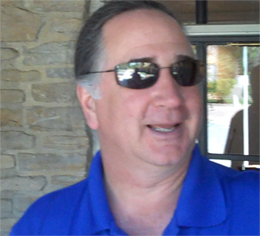 Asking Carter about the scale and economics of raising pasture beef, he replied that there are too many variables such as soil and weather conditions to create a template but the key is to get to 50% of expected animal unit per acres – that is if normal in area is 3 aupa, then hit 1.5 aupa and you are golden. This assumes effective management and hitting stocking rate because it is sustainable, thereby not degrading productive capacity in future. There is little science and a lot of art in grass based systems, but density seems to be the key. The Angus take between 18 and 24 months to fill out on grass and will weigh between 1,100 and 1,200 pounds.
Asking Carter about the scale and economics of raising pasture beef, he replied that there are too many variables such as soil and weather conditions to create a template but the key is to get to 50% of expected animal unit per acres – that is if normal in area is 3 aupa, then hit 1.5 aupa and you are golden. This assumes effective management and hitting stocking rate because it is sustainable, thereby not degrading productive capacity in future. There is little science and a lot of art in grass based systems, but density seems to be the key. The Angus take between 18 and 24 months to fill out on grass and will weigh between 1,100 and 1,200 pounds.
They get their best weight gain per day on a sorghum field. They often will mow pasture to get the seed heads down to avoid the cattle getting pink eye … the seed ends can scratch the cow’s eye, bacteria starts to grow and pink eye sets in. Also, as the pasture gets grazed or mowed it encouraged the grass to spread its roots for healthier cover. This is preferable to allowing the seed heads to drop and grow. I saw no weed population in their pastures.
They move the cattle before they can graze closer than 6 inches so as not to lower the ability of the grass to harvest sun light and to keep the cows out of the zone where parasites often live thereby avoiding parasite problems.
The Chicken Program
The chicken program has a rotation cycle of 1 day on one small area of the pasture. The area is fenced with electric web fencing.
 The chickens are housed in portable hoop houses.
The chickens are housed in portable hoop houses.
 They put 40 chickens to a hoop house and raise 200 at one time. This view is from the rear that has wheels making it easy to move the hoop.
They put 40 chickens to a hoop house and raise 200 at one time. This view is from the rear that has wheels making it easy to move the hoop.
The hoops are 8’ x 12’ (40 each). These are broilers harvested for eating.
The chickens are housed in portable hoop houses.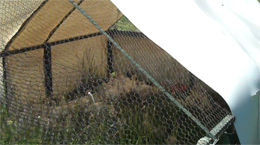
They raise a Cornish/Rock cross breed and get them just after they are hatched locally, keeping them for 6 to 8 weeks.
The hoops are moved easily by one person picking up on this handle in the front and, resting on the wheels in the back.
 The chicks are watered from a 5-gallon low-pressure system from the 5-gallon bucket to reservoir with a float valve. The bucket is filled twice a day.
The chicks are watered from a 5-gallon low-pressure system from the 5-gallon bucket to reservoir with a float valve. The bucket is filled twice a day.
Equine Center
 The program has 82 weekly students, mostly girls ages between 10 and 14. All the horses are provided. It is a full horsemanship program from tack to shovels. If you like this facility, you’ll love the art center.
The program has 82 weekly students, mostly girls ages between 10 and 14. All the horses are provided. It is a full horsemanship program from tack to shovels. If you like this facility, you’ll love the art center.
Jessyca Wojtkiewicz, Equine Center Director
Art Center
The Art Center portion of Green Acres is centered on the Fleischman estate, which the Nippert’s purchased when establishing the foundation.
The garden by the front door
 This estate hosted luminaries from Hollywood including two characters who were captured in these woodcarvings. Recognize them?
This estate hosted luminaries from Hollywood including two characters who were captured in these woodcarvings. Recognize them?
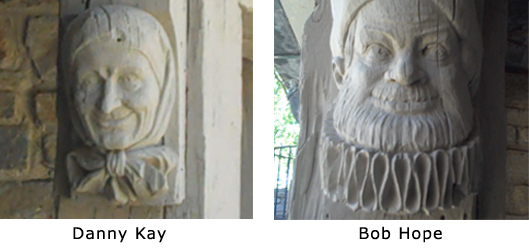 Here is the side yard and Tea House overlooking the tennis court.
Here is the side yard and Tea House overlooking the tennis court.
 And here we are on the next level down looking up into the fountain near the Tea House aka “Bride’s Walk”.
And here we are on the next level down looking up into the fountain near the Tea House aka “Bride’s Walk”.
The estate (Indoors)
Inside, after a long day in the fields, the hired hands dine in the Music hall replete with pipe organ and Steinway player pianos.
The estate (The Wine Celler)
And what lies behind these cabinets in the basement? Think prohibition.
 Just to keep the contents safe from Sopers.
Just to keep the contents safe from Sopers.
So it is clear that Soper Farms has something to aspire to. Could there be a foundation in our future. Interesting opportunities all around. Harn

